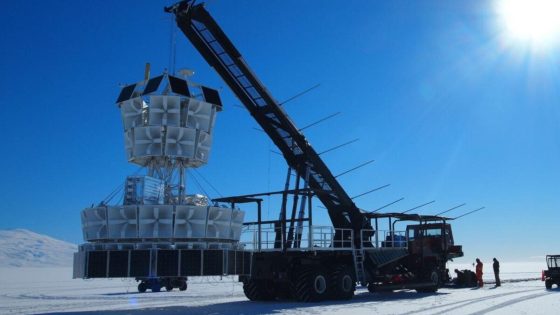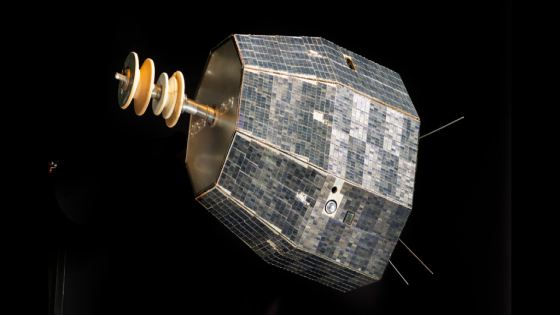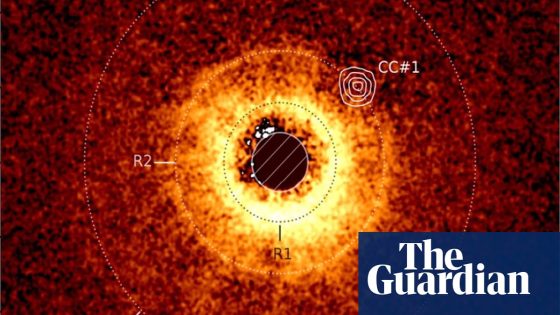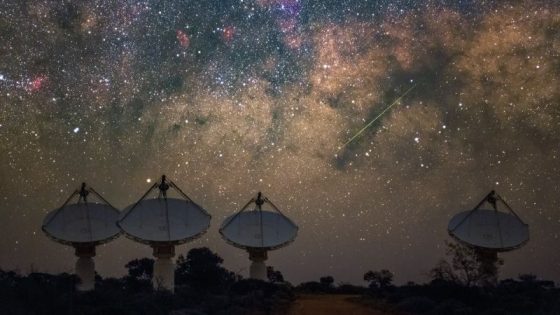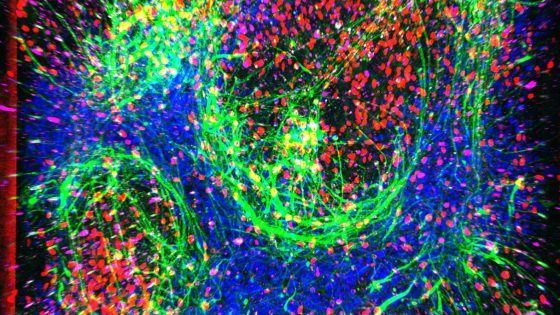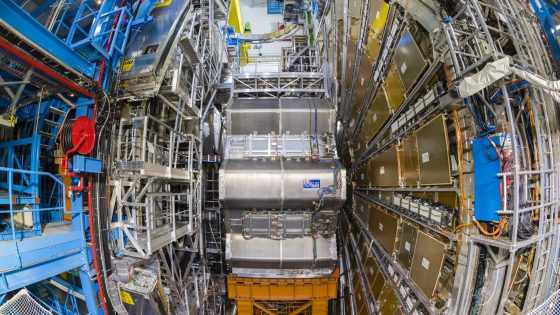A recent balloon-borne experiment over Antarctica has sparked intrigue in the scientific community by detecting cosmic radio waves. This groundbreaking research, conducted by the Antarctic Impulsive Transient Antenna (ANITA), has uncovered bizarre signals emanating from deep within the ice, challenging our current understanding of particle physics.
- ANITA detects unusual signals from Antarctic ice.
- Signals challenge current particle physics models.
- Neutrinos are difficult to detect in experiments.
- Ice showers produce detectable radio signals.
- ANITA's anomalies not explained by other detectors.
- Future PUEO mission aims to clarify findings.
Launched on NASA balloons, ANITA operates at altitudes of 19 to 24 miles (30 to 39 kilometers) above Antarctica. Surprisingly, the detector recorded radio pulses at steep angles, suggesting they traveled through thousands of kilometers of solid rock—something that current particle physics models deem impossible. As co-author Stephanie Wissel noted in a recent statement, these anomalies remain unexplained, raising questions about the nature of the signals.
This discovery leads US to ponder: what could these signals signify? The implications of such anomalies could reshape our understanding of particle interactions. Key points to consider include:
- Signals detected at steep angles contradict existing particle physics models.
- Current theories suggest these signals should have been absorbed by rock.
- ANITA aims to detect elusive neutrinos, but these signals are not neutrinos.
- Future missions like PUEO may provide clarity on these anomalies.
As scientists prepare for the next phase of exploration with the Payload for Ultrahigh Energy Observation (PUEO), the hope is to uncover more about these mysterious signals and possibly detect neutrinos, pushing the boundaries of our cosmic understanding.



